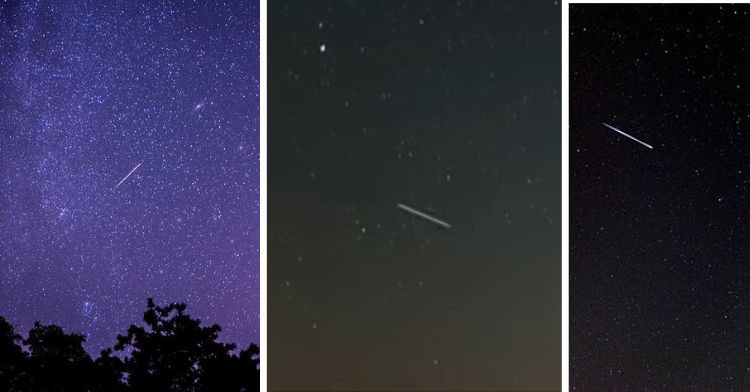“When you wish upon a star…” How many times have we heard those words during our lifetime? If you’re like me, several times a year for as long as you can remember. The phrase about shooting stars may have originated with the popular Disney song from “Pinnochio.” It might have been around for centuries before that, though.
The popular belief is that your wish will come true if you wish upon a falling star. If you’ve watched the “Flintstones” animated series, you might know how Bamm-Bamm was introduced. The Flintstones had just had baby Pebbles. Their neighbors, Betty and Barney Rubble, also wanted a baby. They wished upon a falling star, and Bamm-Bamm appeared on their doorstep. Shooting stars have played a role in our lives and stories forever.

1. What Is A Shooting Star?
Our first fact is to find out exactly what a shooting star is. For starters, a falling star isn’t really a star at all! A shooting star begins as a rock or even dust particle. Scientists also refer to them as meteors. When they reach the Earth’s atmosphere, they are moving very fast. The friction causes them to heat up and glow as they move through the atmosphere. What we see from the ground is the fiery trail. Although most meteors disintegrate completely in the atmosphere, they occasionally reach the ground. Once they hit the Earth, the rock is called a meteorite.
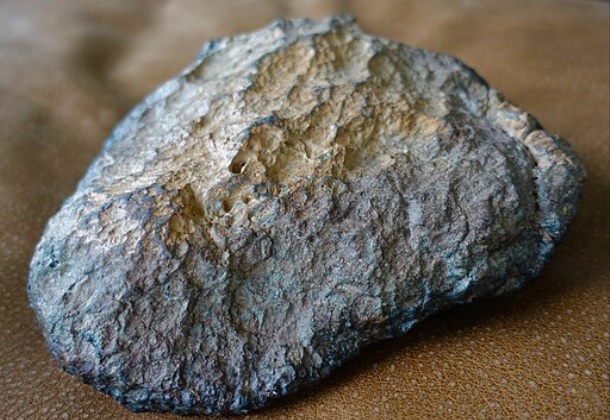
2. Shooting Stars Are Pretty Rare
There is always space debris floating around on the edge of our atmosphere. This means there are almost always burning trails from shooting stars, but we can’t see them. One of the determining factors in their rarity is their size. Most shooting stars are not large enough to produce enough light to be visible from Earth. Other factors include light pollution from Earth. Street lamps, outdoor floodlights, and even the moon’s light can affect visibility. Most meteor showers are best seen after midnight when the darkness of the sky is absolute.
3. Meteor Showers Are Totally Random
Astronomers try to provide us with great viewing schedules for some meteor showers, such as the Perseids, the Leonids, and more. They can predict when your chances of glimpsing a shooting star are higher. Astronomers can pinpoint specific timeframes and general locations based on the movement of astronomical bodies. They cannot predict exactly where you might see a falling star.
The chart below shows information from NASA on the approximate best viewing dates for meteor showers. As each shower gets closer, they are able to fine-tune predictions. However, the dates and times may change.
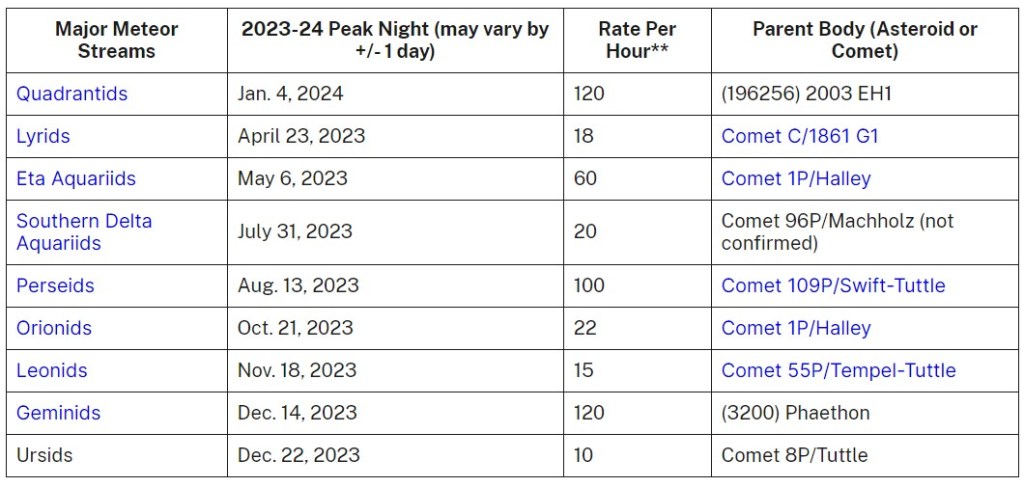
4. Shooting Stars Are Supposed To Bring Good Luck
We described wishing on a falling star in our intro. If you happen to glimpse a shooting star and make a wish, it just might come true. While that may be the luck of seeing the star, or pure coincidence, are you ready to take the chance? I toss up a wish whenever I see a falling star because, just maybe, that might be the one!
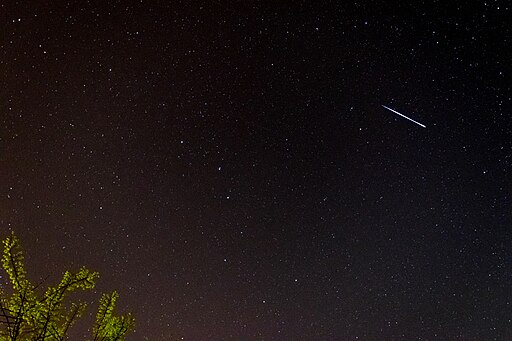
5. Meteors Travel FAST FAST FAST!
When hurtling through space, meteors can reach 30,000 miles per hour! That’s just a little faster than your average car, which can reach 125 to 145 mph on a straight road (but please don’t drive that fast as most speed limits are lower than 70 mph).
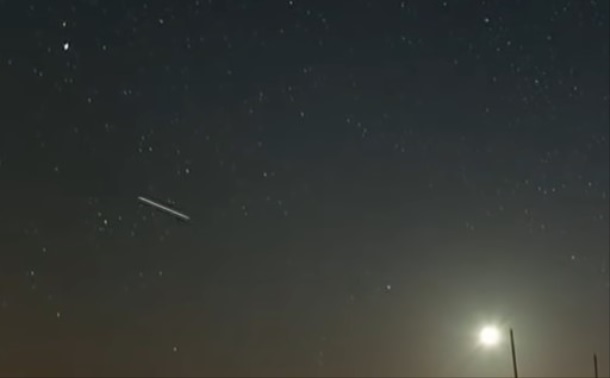
6. Meteors Are A Lot Hotter Than Your Oven!
The temperature of a meteor as it speeds through the atmosphere can reach 3,000 degrees Fahrenheit! No wonder they burn up before hitting Earth.
7. Tons of Meteorites Reach Earth Daily
Even with the rarity of meteors surviving through the atmosphere, some manage to make it to the surface. NASA estimates that around 48.5 tons of material (meteorites) reaches the planet every day.
Shooting stars can appear white, yellowish, and even blue as they streak across the sky. If you have ever looked up and seen a random trail of light traveling across the sky, you have seen a shooting star! As a child, my family always went camping during the Perseid showers. A favorite pastime was laying on our backs on a small slope and watching the lights streak through the sky. Still, many (many) years later, the stars beckon me.
You can find the source of this story’s featured image here, here, and here.
Want to be happier in just 5 minutes a day? Sign up for Morning Smile and join over 455,000+ people who start each day with good news.



